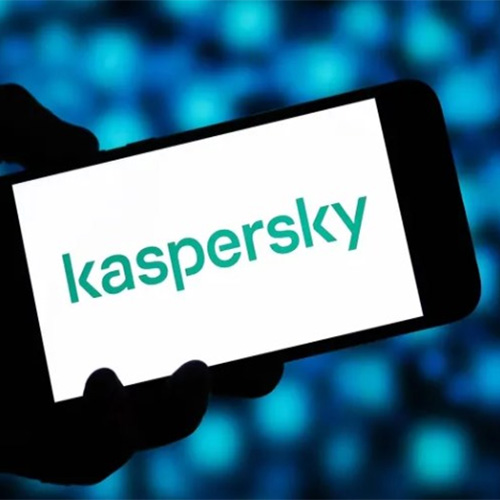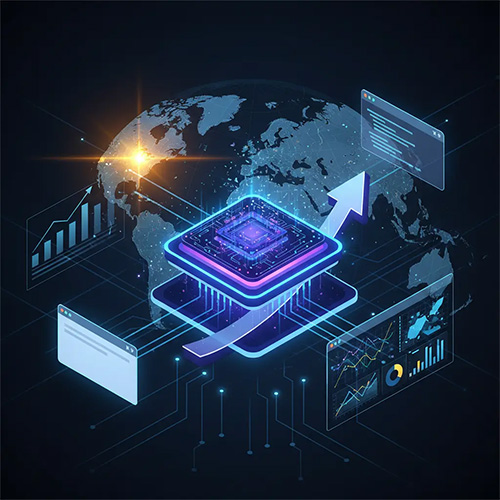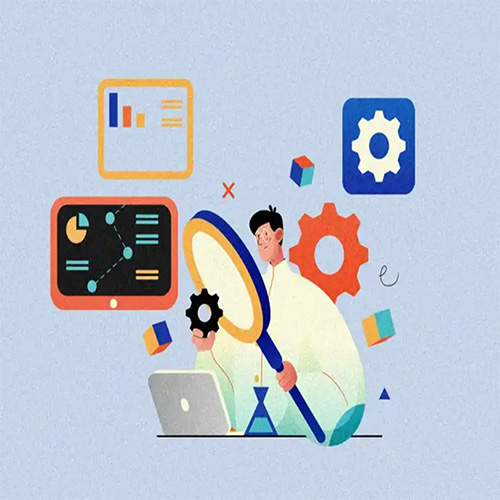
In the current market environment, how have SaaS-based ERP solutions performed in terms of sales?
Delivering ERP on a Software-as-a-Service (SaaS) model is a revolutionary approach in enterprise software and offers enterprises of all sizes a viable, scalable and flexible model that will take them to the next level in terms of benefiting from technology. By 2010, Gartner predicts that around 30% of new licence purchases (in APAC, excluding Japan) will be in the form of SaaS, or delivered through the SaaS model. In a recent survey of 1,017 technology decision- makers, Forrester has found that worldwide adoption of SaaS in large enterprises is now at 16%, up 33%, from the previous year’s 12%. While for SMEs it has always been a viable option, given that there is a monthly subscription instead of huge upfront costs, for large enterprises the benefits of SaaS are not too hard to find. Technology updation, easy deployment and easy scalability are just some of them.
SaaS revenue is expected to reach US$14.8 billion in 2012. The Indian market grew to US$48 million in 2008, which was the fastest growth in this region. Some key trends in India that contributed to the growth of SaaS in the SME segment, in spite of the tough economic climate, were:
• India is a price-conscious market and with the downturn companies further looked for options to reduce their IT capital expenditure budget.
• SMEs today have a global customer base and the need to service them better and in a cost-effective manner is an imperative. Being connected to the customer or the employee is an important business need. This need makes SMEs look favourably for SaaS.
• The increased availability of high-speed broadband connectivity at an affordable price
• Budget constraints and shrinking bottom lines are making SMEs lean more towards implementing SaaS that supports a specific business need.
In the current economic scenario, SaaS seems to be well positioned to race ahead of on-premise software. The key commercial advantage with SaaS deployment is that companies do not have to make upfront investments in technology nor do they have to devote time and resources for software deployment and maintenance. The market is expected to show consistent growth till 2013 when worldwide SaaS revenue will total to $16 billion for the enterprise application markets. SaaS adoption and usage is expanding. Growth remains most significant in areas characterized by horizontal applications with common processes, among distributed virtual workforce teams, and within Web 2.0 initiatives.
Gartner defines cloud computing as: a style of computing where massively scalable IT-enabled capabilities are delivered as a service to external customers using Internet technologies. One IT-related function can be a software application. If the software application is written in such a way that it is “massively scalable”, then SaaS is considered a form of cloud computing (SaaS). Web mail services, search, online productivity tools, online security services, and online storage are all forms of SaaS or Infrastructure as a Service (IaaS) – subsets of cloud computing.
What was the rationale behind launching the ERP OnDemand?
Studies reveal that SMEs that outsource their IT infrastructure are utilizing the technology resources that bring in additional top-line revenues while improving bottom-line results. SMEs are most likely to use cutting-edge technologies and approaches such as SaaS. Analysts are of the opinion that the increase in the use of hosted infrastructure models is enabling smaller companies to compete on an equal IT footing with bigger enterprises. SMEs are choosing a hosted infrastructure model as it provides organizations with software solutions that can be implemented quickly, while avoiding the incremental infrastructure costs and eliminating the recurring administrative resources as in traditional on-premise applications.
The other area where SMEs are focussed is on the issue of compliances. Software-as-a-Service offerings ensure compliance with the current statutory requirements. The new generation of SaaS offerings have standard features and have been designed to integrate all the business processes. The software has all the standard applications and industry-specific functions which otherwise have to be procured at a high cost and take a lot of time and effort to deploy.
The new-generation SaaS offerings will enable SMEs to integrate and streamline the business processes and reduce the internal dependency on IT departments. There is no huge capital investment involved for installing the software, and there is an increase in RoI as the model facilitates “pay per user”. Usage of hosted applications is gaining momentum in the current scenario. Introduction of ERP under the SaaS model with enough functionality, robustness and high level security for mission-critical enterprise applications has already enabled several organizations to reap benefits.
Ramco OnDemand ERP is a powerful and proven growth enabler available on a subscription basis, giving an organization the power to grow. Available for small- to mid-sized businesses looking for a low initial investment and reduced overhead and maintenance, it is used by customers in over 1,000 locations every day. Best practices built into the business processes in the Ramco OnDemand ERP solution ensure that companies leverage the experience of hundreds of Ramco ERP deployments.
What attracts customers towards SaaS ERP? Are customers willing to replace their existing ERPs with an on-demand module?
Trends Fuelling SaaS Growth – Business
• Changing competitive forces
• Changing workplace requirements
• Focus on core competencies
• Improvement in broadband infrastructure
Trends Fuelling SaaS Growth – Cost
• Accelerated software deployment with less risk
• Lower initial cost of ownership
• No additional hardware and lower internal staffing requirements
• Higher RoI, at a lower total cost of ownership (TCO)
• Greater agility to scale software to meet changing business requirements
• Accountability of the SaaS vendor
Yes, customers are willing to completely replace seeing the benefits, but in certain areas of the organization’s operation, it will be a hybrid model too.
What business needs Ramco ERP OnDemand fills for its customers?
Ramco OnDemand ERP is the first full-fledged ERP solution which caters to the needs of fast-growing businesses. The solution streamlines and integrates multiple functions and systems into one solution and gives total visibility and control of operations. It is configured as per the business requirements, and as the business grows the solution can be seamlessly scaled up to accommodate multiple locations, currencies and business units. The solution provides an integrated view of multiple functions that helps an organization to take quick and well-informed decisions in real time.
Objective of Ramco OnDemand ERP is to provide full suite of ERP applications to the SMEs. This sector could not avail the benefit of ERP because of its huge upfront investment on the IT infrastructure and maintenance. Ramco OnDemand ERP application provides SMEs with SaaS ERP (Software as a Service). Irrespective of their size, SMEs have a fairly complex business scenario. The application helps to streamline and integrate the business processes to provide total visibility and control of operations.
See What’s Next in Tech With the Fast Forward Newsletter
Tweets From @varindiamag
Nothing to see here - yet
When they Tweet, their Tweets will show up here.





























